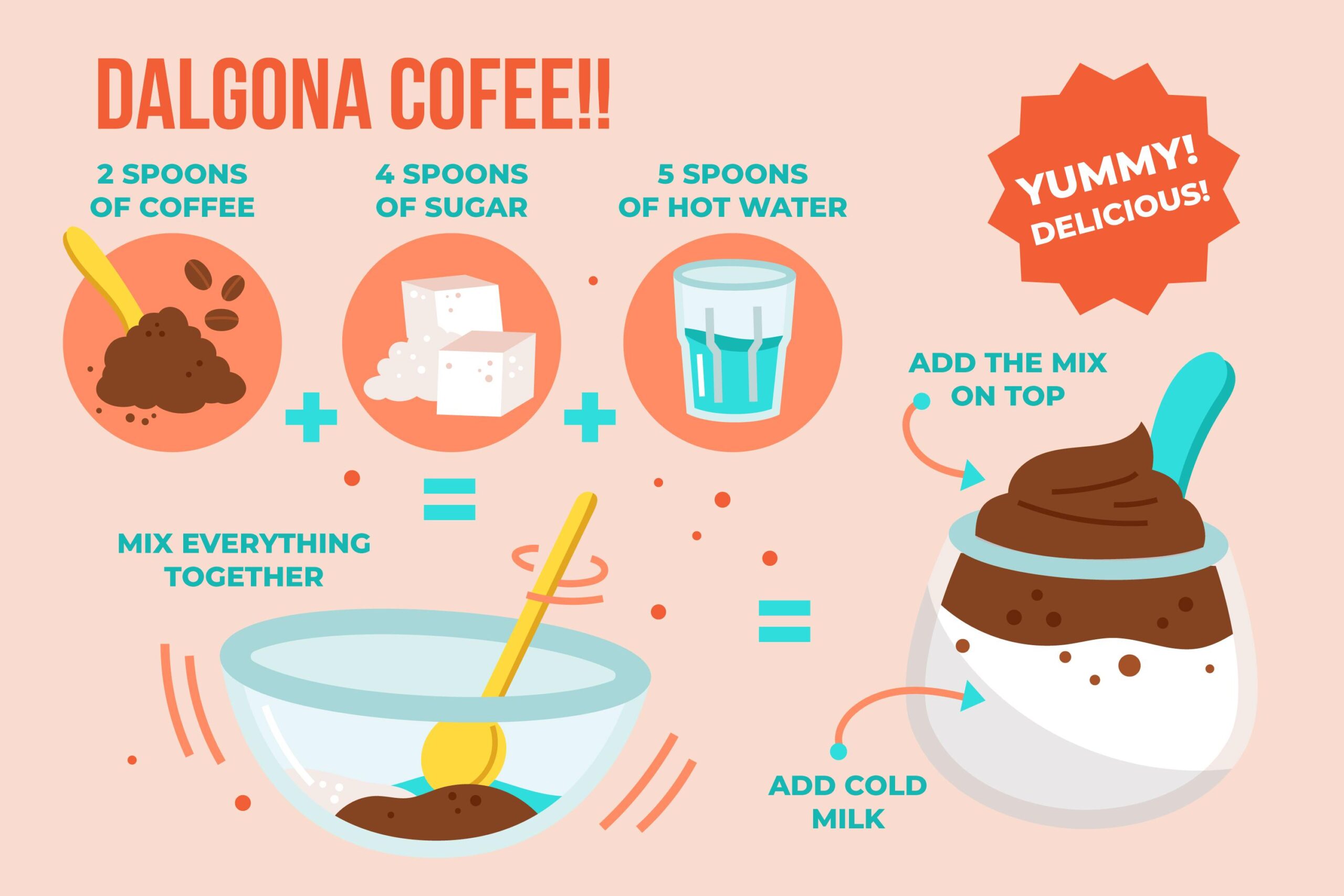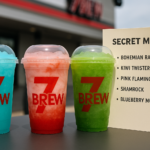There’s something magical about learning how to make ice cream in your own kitchen. For many, the thought of homemade ice cream brings back memories of summer days, family gatherings, or the thrill of creating a dessert that feels both nostalgic and personal. Unlike the store-bought tubs you grab from the freezer aisle, making ice cream at home gives you the power to choose your ingredients, control the sweetness, and experiment with flavors that might never be found in a supermarket.
Homemade ice cream also has a charm of its own — it feels fresher, creamier, and somehow more rewarding because you’ve made it with your own hands. Whether you’re crafting a classic vanilla, a rich chocolate, or a fruity creation bursting with seasonal ingredients, the process is not only enjoyable but also surprisingly simple.
In this guide, we’ll walk through everything you need to know about how to make ice cream. From understanding the science behind this beloved treat to choosing the right ingredients, tools, and techniques, you’ll gain the confidence to create flavors that are truly yours.
Understanding the Basics of Ice Cream
Ice cream might seem like a straightforward dessert, but at its core, it’s a carefully balanced mixture of dairy, sugar, and air. The cream provides richness and fat, which give ice cream its signature smoothness. Milk lightens the mixture while still adding creaminess. Sugar sweetens the base but also lowers the freezing point, preventing the dessert from becoming rock-hard.
Another crucial element is air. When you churn ice cream, tiny pockets of air are folded into the mixture, giving it that light, scoopable texture. Without air, you’d be left with a dense, frozen block rather than something soft and velvety.
The balance of these ingredients matters. Too much fat and the ice cream feels heavy. Too little sugar and it turns icy. Learning how to make ice cream is really about learning how these elements interact, so you can adjust them to suit your taste.
Choosing Your Ingredients for the Best Flavor
The beauty of homemade ice cream lies in the freedom to choose what goes into it. Fresh cream and whole milk create the base, but the quality of these ingredients makes a huge difference. Using fresh dairy results in a richer and more natural taste compared to products that have been heavily processed.
Sugar, while essential for sweetness, is also about texture. White granulated sugar is standard, but some home cooks like to experiment with honey, maple syrup, or even coconut sugar for unique flavor undertones.
Flavorings are where creativity shines. Classic vanilla beans, melted chocolate, and fresh fruits are timeless choices. But when you make your own ice cream, you can step outside the box — think roasted coffee, lavender, caramel swirls, or even savory herbs like basil. The keyword “how to make ice cream” isn’t just about following a recipe; it’s about exploring flavors that reflect your style and preferences.
Essential Tools You’ll Need
While an ice cream maker is the most straightforward tool for churning out creamy results, it’s not absolutely necessary. Modern machines do most of the work, keeping the mixture cold while constantly stirring to prevent ice crystals from forming.
If you don’t own one, you can still learn how to make ice cream using simple tools. A sturdy bowl, a freezer, and a hand whisk (or even a blender) can do the trick. The key is to stir the mixture at intervals while it freezes, which helps mimic the churning process.
Other helpful tools include measuring cups for accuracy, a saucepan for heating the base, and airtight containers for storage. None of these are complicated, and most households already have them.
Step-by-Step Guide: How to Make Ice Cream
Making ice cream at home typically starts with preparing a custard base or a simple no-cook mixture. A custard base involves gently heating milk, cream, sugar, and egg yolks until thickened, creating a rich foundation. A no-cook version skips the eggs, relying on cream and sugar for smoothness.
Once the base is ready, flavorings are added. This could mean whisking in vanilla, folding in melted chocolate, or blending fresh strawberries into the mixture. The flavored base is then cooled before freezing.
If using an ice cream maker, the chilled base is poured into the machine, which churns it until soft-serve consistency forms. For those without a machine, the mixture can be placed in a shallow container in the freezer and stirred every 30 minutes until it sets.
At the end of this process, you’re rewarded with homemade ice cream that not only tastes fresher than store-bought but also feels like a dessert crafted especially for you.
Flavor Variations You Can Try
One of the joys of mastering how to make ice cream is the chance to play with flavors. Vanilla, chocolate, and strawberry will always be favorites, but homemade versions let you expand your imagination.
Seasonal fruits, such as peaches in summer or apples in fall, can be turned into refreshing scoops. You might swirl caramel, peanut butter, or fudge into the base for indulgence. For adventurous tastes, spices like cinnamon, cardamom, or even chili can transform a simple base into something extraordinary.
Homemade ice cream also caters to dietary needs. You can swap dairy for coconut milk or almond milk, creating creamy vegan versions. Sweeteners can be adjusted for lighter desserts, or extra richness can be added with condensed milk. The possibilities are endless once you understand the foundation.
Tips for Perfect Texture and Consistency
Texture is what separates good ice cream from great ice cream. To achieve smoothness, it’s important to chill the base thoroughly before freezing. A cold mixture freezes more evenly, reducing the chance of large ice crystals.
Incorporating the right amount of fat is another factor. Cream adds richness, but balancing it with milk keeps the dessert from becoming too heavy. Sugar not only sweetens but also ensures the ice cream remains scoopable, even after sitting in the freezer.
Storage matters too. Placing your finished ice cream in airtight containers prevents freezer burn and helps lock in flavor. Covering the surface with a sheet of parchment before sealing can also keep ice crystals away.
Troubleshooting Common Mistakes
Even with a clear guide, small mistakes can happen. If your ice cream turns icy, it may be because the mixture wasn’t churned enough or wasn’t chilled properly before freezing. If it feels too soft, you may need to let it freeze longer or use more cream in the base.
A bland flavor often comes from not using enough fresh ingredients or rushing the infusion of flavors. For example, steeping vanilla beans longer in warm cream or allowing fruit to macerate in sugar can create a deeper taste.
The good news is that mistakes in learning how to make ice cream are easy to fix, and often the process of experimenting is part of the fun.
Conclusion: Making Ice Cream Your Own Way
Learning how to make ice cream at home is about more than following steps — it’s about creating a dessert that feels personal and enjoyable. With just a few basic ingredients, simple tools, and a little patience, you can craft flavors that reflect your personality, your seasons, and your celebrations.
Homemade ice cream combines tradition with creativity. It gives you the freedom to adjust sweetness, experiment with flavors, and share something heartfelt with family and friends. And perhaps most importantly, it turns the act of making dessert into an experience — one that’s both fun and rewarding.
So the next time you crave something cold and sweet, remember that making ice cream isn’t just a recipe; it’s an opportunity to create memories.
My name is Mustafa, and I have been blogging for over 5 years. I am passionate about sharing complete, accurate, and helpful information with my readers. Along with managing content on The Matcha Read, I also contribute blog posts to premium websites. My goal is to provide valuable insights in a clear and easy-to-understand way, so every reader walks away with useful knowledge.










